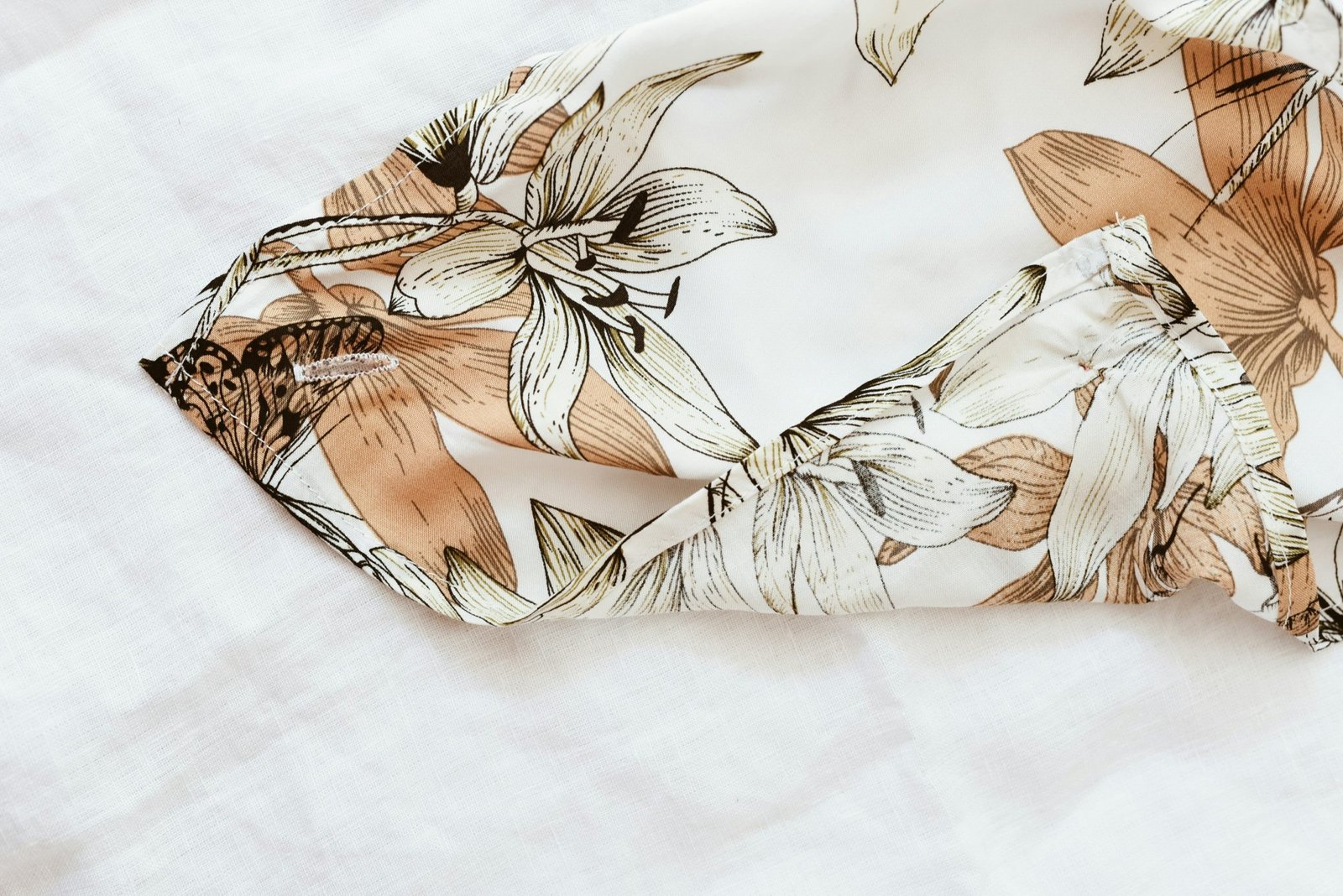

Sustainable Surface Design Patterns in Textiles
A New Era of Eco-Friendly Fabrics As the textile industry evolves, the demand for sustainable practices is reshaping how designers approach surface design patterns. Sustainable surface design in textiles not only prioritizes the environment but also opens up new avenues for creativity and innovation. In this blog, we’ll delve into the significance of sustainable surface design patterns in the textile industry, explore eco-friendly materials, and highlight trends that are redefining fashion and interiors.
Why Sustainable Surface Design Patterns Matter in Textiles
1. Environmental Responsibility
The textile industry is one of the largest polluters globally, with massive water consumption and chemical usage. Sustainable surface design patterns utilize eco-friendly materials and processes, helping to reduce the industry’s carbon footprint and waste.
2. Consumer Awareness
Today’s consumers are increasingly conscious of their purchasing decisions. Sustainable textiles not only meet ethical standards but also appeal to a growing demographic that values transparency and sustainability in their fashion choices.
3. Innovation and Creativity
Sustainable design encourages innovation. By experimenting with natural dyes, upcycled materials, and unique weaving techniques, designers can create striking patterns that stand out while adhering to eco-friendly practices.
Eco-Friendly Materials for Sustainable Surface Design
1. Organic Cotton
Unlike conventional cotton, organic cotton is grown without harmful pesticides or synthetic fertilizers. Its natural softness and versatility make it a popular choice for textiles, from clothing to home décor.
2. Hemp
Hemp is a fast-growing plant that requires minimal water and no pesticides. Its durability and breathable properties make it ideal for a variety of applications, including fabrics with unique surface patterns.
3. Recycled Fabrics
Recycled textiles, such as those made from post-consumer plastics or fabric scraps, reduce waste and promote circularity in the fashion industry. These fabrics can be dyed and patterned in innovative ways, creating stunning designs while keeping materials out of landfills.
4. Tencel
Made from sustainably sourced wood pulp, Tencel™ is a biodegradable fabric that feels luxurious against the skin. Its moisture-wicking properties and smooth surface are perfect for vibrant surface patterns that stand out.
Trends in Sustainable Surface Design Patterns
1. Nature-Inspired Prints
Biophilic design is gaining traction, with patterns inspired by natural elements like florals, leaves, and landscapes. These designs not only bring a sense of calm and connection to nature but also promote eco-awareness.
2. Geometric and Abstract Patterns
Sustainable textiles are embracing bold geometric and abstract designs. These patterns can be made using low-impact dyes and innovative weaving techniques, providing a modern twist while remaining eco-friendly.
3. Textured Fabrics
Texture adds depth and interest to textile designs. Sustainable options like quilted fabrics, knits, and woven textures allow for a tactile experience while maintaining a commitment to sustainability.
4. Handcrafted Elements
Emphasizing artisanal techniques, many designers are incorporating handcrafted elements into their surface patterns. This not only supports local artisans but also ensures that each piece is unique and sustainable.
How to Incorporate Sustainable Surface Design Patterns in Your Textile Projects
1. Choose Ethical Suppliers
Seek out suppliers that prioritize sustainability. Look for certifications such as GOTS (Global Organic Textile Standard) for organic materials and Oeko-Tex for safe textile production.
2. Focus on Longevity
Invest in high-quality materials and designs that stand the test of time. Sustainable textiles should be both durable and timeless, reducing the need for frequent replacements.
3. Experiment with Dyes
Utilize natural dyes derived from plants, minerals, or even food waste. These dyes are not only environmentally friendly but also offer a unique color palette that can enhance your surface patterns.
4. Educate Consumers
Share the story behind your sustainable textiles. Educating consumers about the benefits of eco-friendly fabrics and the design process fosters appreciation and promotes informed purchasing decisions.
